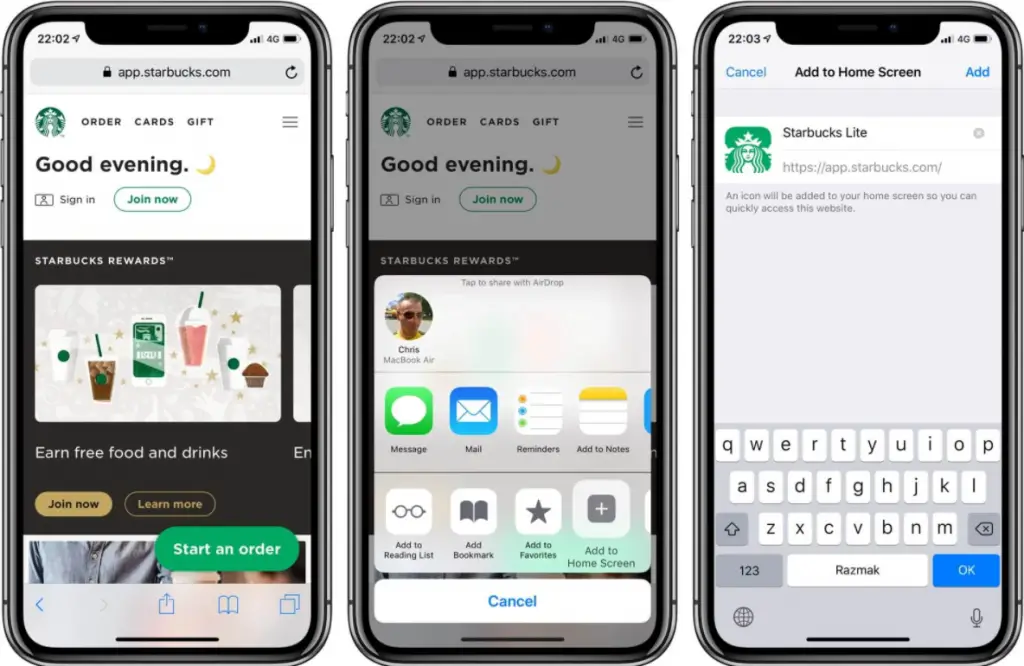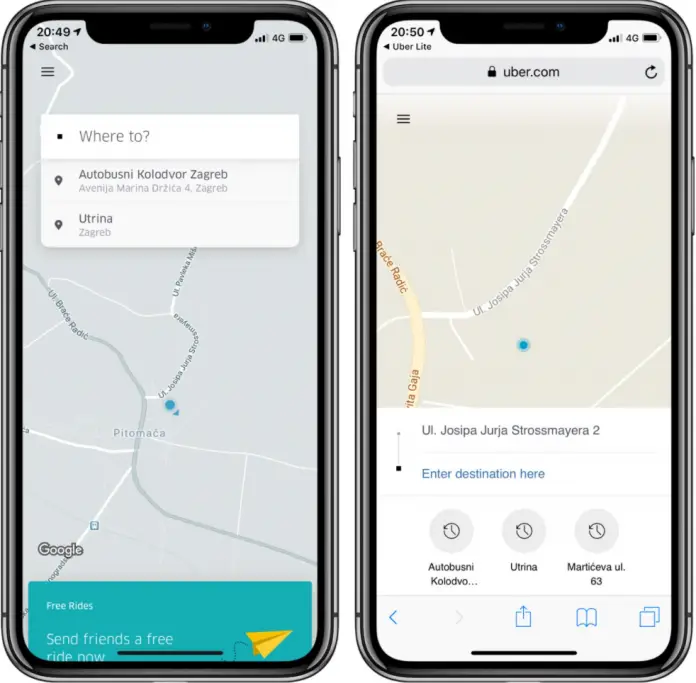Apple’s App Store has been accused of monopoly for an unknown number of times. But Apple refuses to recognize itself as a monopolist because the company, it says, does not dominate any of the markets in which it operates.
The Australian Competition Commission accused it of being a monopolist in the iPhone software market. And you can’t really argue with that. Apple lawyers argued that the App Store isn’t the only legal way to distribute software for iOS and iPadOS. There is another channel for this, completely out of Apple’s control – web apps. Those who weren’t allowed into the elite closed club (iOS App Store) have long and successfully used it. At this point, it would seem, the topic could be closed – but the story goes on.
The accusation that Apple is a monopolist on a mobile platform that it owns is somehow illogical. But we will not discuss this aspect. The channel for the distribution of iPhone and iPad software (web apps) that is out of Apple’s control and independent of it is a reality.

It’s impossible to deny its existence, which means that Apple isn’t a monopolist in this area. But if web apps really are a real alternative to the App Store, why did Apple give them up?
Apple never abandoned them, by the way. The company didn’t create the App Store and focus on it because web apps were worse than the native iPhone apps. But web apps have a lot of flaws – which hasn’t stopped hundreds of them from becoming masterpieces, though.
Why do you need web apps for iOS?
There weren’t many programs on the first iPhone. There were thousands of times more ideas for applications that would have been very useful on it. But Apple designated the development tool for third-party programs as the mobile Safari.
Third-party developers were limited to developing in HTML5, but that was enough to create many third-party programs, including some very successful ones. There were a lot of limitations, many of which were later removed, – but no one promised it would be easy.
But third-party developers were not allowed to write real code. For user safety reasons, it would have opened the door to the creation of malware and viruses.
Steve Jobs was understood and believed him, but they couldn’t wait to get inside the forbidden guts of the iconic device. Later it became known about another reason for not letting people inside the iPhone.
Its development involved several years of continuous hustle and bustle under aggravating circumstances, because of which underneath the glossy interface was chaos, in which only insiders could navigate. Bringing it all back in order would take more than a year. Steve said nothing about this reason. You can’t go inside, that’s all.

What Steve Jobs and Scott Forstall were hoping for, I do not know. In 12 months of sales, the iPhone was supposed to capture 1% of the global mobile market – a smartphone that no one is interested in is not capable of that. As a result, to get “under the hood” of the iPhone’s interface with insane force many people wanted.
It wasn’t hard to find out how the iPhone’s operating system works and how you can write real programs for it. A month after the iPhone was launched, a publication appeared on the web with a step-by-step description of the process of creating an iPhone application that would display a small text on the screen.
A month later, the Internet was flooded with such publications, and soon there were native applications and a developer’s toolkit for installation on different platforms. The situation got out of hand, the iPhone was in danger. It’s a miracle that nothing terrible happened. On March 6, 2008, the iPhone SDK was published. And web applications for iOS and iPadOS are still being written. Technically they can be called an alternative to the App Store.






